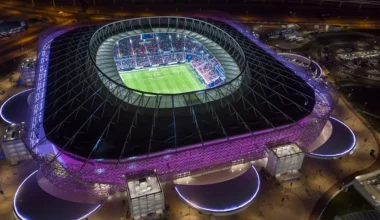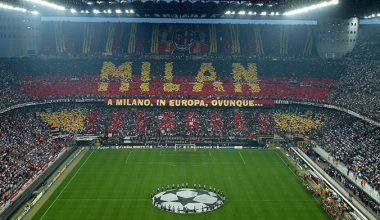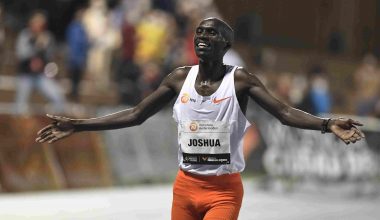Football fans are loyal to numerous football clubs around the world. These clubs own, operate and train in some of the biggest and oldest stadiums ever. Old Trafford in the United Kingdom is one of such adorned Stadiums in Europe. We shall, in this writing, explore Old Trafford Review: Capacity, History, and Location.
What is Old Trafford?
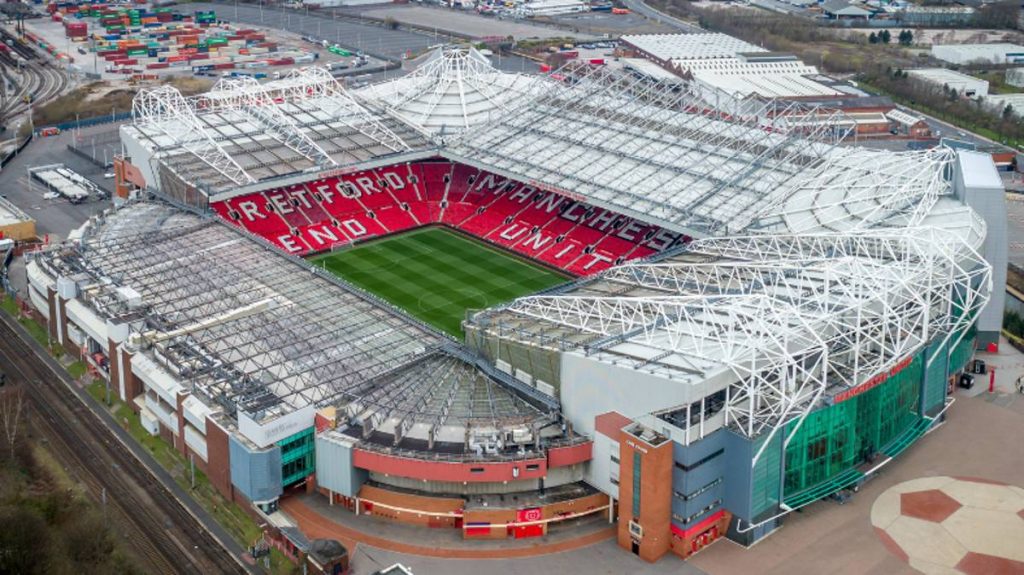
Old Trafford is a football stadium in Old Trafford, Greater Manchester, England, and home to Manchester United. With a capacity of 74,994, it is the largest club football stadium (and the second-largest football stadium in general after Wembley Stadium) in the United Kingdom, and the eleventh largest in Europe. It is about 800 meters from Old Trafford Cricket Ground and the adjacent tram stop.
Old Trafford is a large stadium with bleachers on all four sides and additional seating areas in the corners of the floor. The best views can probably be found in South Stand, but the best to sit for atmosphere purposes is West Stand, home of United’s toughest fans.
The Sir Alex Ferguson Stand: this is the largest of the four positions, with three levels of height and capable of housing around 26,000 followers. It is also home to some executive boxes and hospitality suites.
The South Stand: home to most of the executive suites on the ground and, often, the place that hosts VIP guests to the stadium, the South Stand is one level and is also the location of television cameras. The capacity of this stand is just over 9,400.
The West Stand: Formerly known as The Stratford End and host of the most loyal fans of Manchester United, the West Stand is a two-level structure that can house just over 14,000 fans.
The East Stand: This stand has two levels and houses about 13,300 people. It is the stand where fans are placed and are also home to the club’s disabled fans. The East Stand has a tinted glass facade, behind which is the administrative center of the club.
Old Trafford History
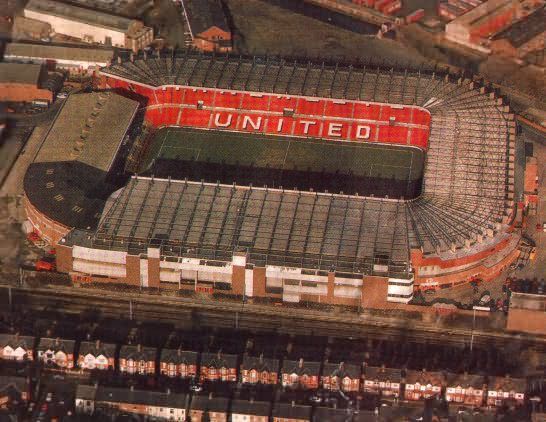
Old Trafford has been United’s home from 1910, although from 1941 to 1949 the club shared Maine Road with its local Manchester City rivals as a result of World War II bomb damage.
Old Trafford underwent several expansions in the 1990s and 2000s, including the addition of additional levels to the North, West and East Stands, almost returning the stadium to its original capacity of 80,000.
Future expansion is likely to involve the addition of a second level to the South Stand, which would raise capacity to around 88,000.
The stadium’s record attendance was recorded in 1939 when 76,962 spectators saw the FA Cup semifinal between Wolver Hampton Wanderers and Grimsby Town.
It has been constantly expanding in recent decades, increasing its capacity to the staggering 74,994, making it the largest club in Britain.
Both extremes, which seem almost identical, are large two-level supports, which were originally built in the early 1990s and had an additional level added at the turn of the millennium. Each one is quite steep, with a large lower level and a smaller upper level.
Old Trafford History of Construction and Improvement
In the first decade of the twentieth century, Manchester United played their home games at a 50,000 stadium on Bank Street, when then-President Davies began planning a new stadium with twice that capacity.
A site near the Trafford Park industrial estate was chosen, and architect Archibald Leitch was appointed to design the stadium.
Old Trafford officially opened on February 19, 1910, with a match between Manchester and Liverpool (3-4). The stadium at that time consisted of a covered seat and open terraces on the other three sides. The capacity was a little over 80,000.
Few changes were made in the stadium until the construction of a roof on the United Road terrace in 1934.
In 1939, Old Trafford recorded its highest attendance of 76,962 during an FA Cup semifinal match between Wolves and Grimsby Town.
Due to its proximity to the Trafford Park industrial park, Old Trafford was severely damaged by German air strikes during World War II.
It took eight years to rebuild the stadium, due to delays caused by limited postwar resources, and during that time United played on Maine Road, the land of its Manchester City rivals.
In 1949, Man United returned to a rebuilt, albeit smaller, old Trafford. Incremental improvements and expansions were made in the following decades, culminating in the complete renovation of the United Road Post (North) in the 1960s.
This stand also contained the first private boxes that were built on British land.
Old Trafford was one of the 1966 World Cup game venues, during which it hosted three group matches. In those years, the stadium’s capacity fluctuated around 60,000.
Old Trafford gradually improved in the 1970s and 1980s, including new and better covers, larger seating areas and improved executive facilities.
At the same time, however, the increase in vandalism also resulted in the installation of security fences that separate the stands from the field.
In the early 1990s, plans were made to turn the stadium into a full seat. This involved the demolition and replacement of the famous Stratford End terraces and the placement of seats on the lower levels of the other stands.
Old Trafford was selected to be one of the gaming sites of the 1996 European Championship, and as a result, a new North Stand was opened in 1995. At the start of the 1996 Euro Cup, the stadium could house some 56,000 fans.
In the following years, second levels were added to the East and West support, increasing capacity to 68,000 seats.
In 2006, the stadium reached its current capacity when bleachers were built in the upper-level corners on both sides of the north tier.
The Old Trafford South Stand remains the only two-level stand of the stadium, but the possibilities for expansion are limited due to the railway line that runs behind the stand.
While Man United has indicated that further expansion to 95,000 seats remains a possibility, there are no concrete plans at this time.
About Sir Alex Ferguson Stand
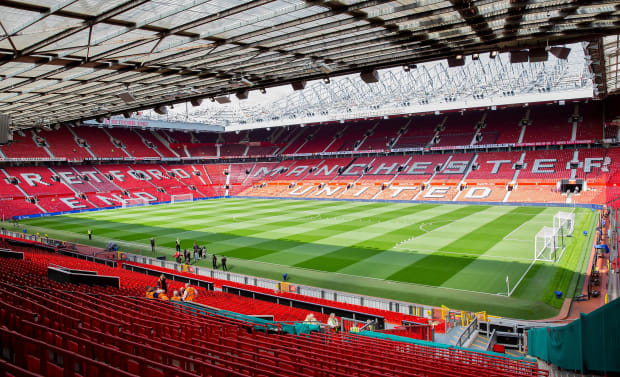
The three-level stand of Sir Alex Ferguson, opened in 1996, on one side of the floor, is the largest capacity stand of any League Ground in England. It has 25,500 seats. The corners on each side of this stand are also full of seats and extend to reach both ends.
These re-developed stands dwarf the former main (south) opposite post. This support (part of which dates back to 1910) is single level, with a television porch suspended under its roof.
In 2011, the stand was named after Manchester United’s long-standing manager, Sir Alex Ferguson. There are also two corner posts that are part of the position of Sir Alex Ferguson, the Northwest Quadrant and the Northeast Quadrant.
All stands have a row of executive boxes at the back of the lower level. In April 2016, the Main Stand (South) was renamed Sir Bobby Charlton Stand.
Other interesting features of Old Trafford
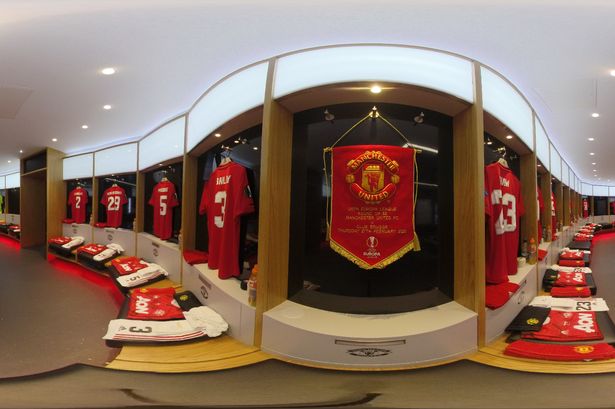
Because Manchester United is one of the most successful clubs in the country, the stadium also has a museum and offers tours. You can take advantage of hospitality on game days, as well as corporate accommodation and private rental at other times.
The impressive nature of the stadium means it is worth a visit if you are ever in Manchester, perhaps combined with a visit to the house of the bitter rivals of the club town, the Manchester City lot, The Etihad.
Monuments in Old Trafford
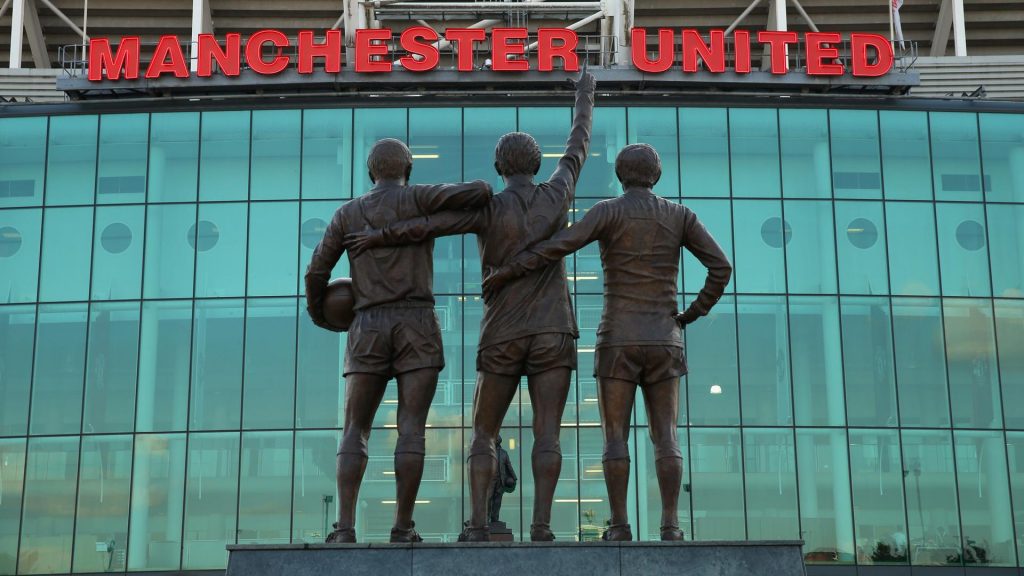
Unusual aspects of the terrain include the elevated field, and that teams enter the field from the corner of Sir Bobby Charlton’s post.
Outside the floor is the statue of Sir Matt Busby in front of the impressive green glass facade of East Stand, while above the entrance of the Club Museum outside the North Stand there is a statue of Sir Alex Ferguson.
There is also a clock and a plaque in memory of the Munich disaster. Across Sir, Matt Busby Way is the United Trinity Statue of three of the winning team of the 1968 European Cup; George Best, Denis Law and Bobby Charlton (now sir).
Future of Old Trafford

It is believed that the club is now actively considering the reconstruction of the former post of Sir Bobby Charlton (Main) on one side of the ground. This side of the stadium is the only one that has not been rebuilt or expanded in the last 20 years.
Until now, the proximity of a railway line directly behind this stand has meant that any remodeling would result in a stand that did not have much more capacity than the current structure.
However, as construction technology and stadium design have evolved, it is now believed that a much larger stand could be installed that would increase the overall capacity of Old Trafford to just under 90,000.
Old Trafford already has the largest capacity field of any league club in the British Isles and, if this expansion continues, it will become the second-largest football club in Europe, with only the Camp Nou in Barcelona, with over 99,000
Old Trafford Capacity
With a capacity of 74,994, it is the largest club football stadium (and the second-largest football stadium in general after Wembley Stadium) in the United Kingdom, and the eleventh largest in Europe.
It is about 800 meters from Old Trafford Cricket Ground and the adjacent tram stop.
How to get to Old Trafford (Location)
Old Trafford is located just over 3 km southwest of Manchester city center and less than 5 km from Manchester Piccadilly Station.
If arriving by car from the M60, take exit 7 and 8 and turn towards Chester Road (A56) northbound. Follow Chester Road for approximately 2 miles and turn left onto Sir Matt Busby Way (access closed on game days).
If you use public transport, it is better to arrive at the stadium via the Metro link over the land subway. From Piccadilly Station, there is a 15-minute drive to Old Trafford Station, which is a 5-minute walk from the stadium.
On game days, special train service is provided from most Manchester city center stations to the Old Trafford Stadium train station.
Address: Sir Matt Busby Way, Old Trafford, Manchester, M16 0RA
Hospitality near Old Trafford
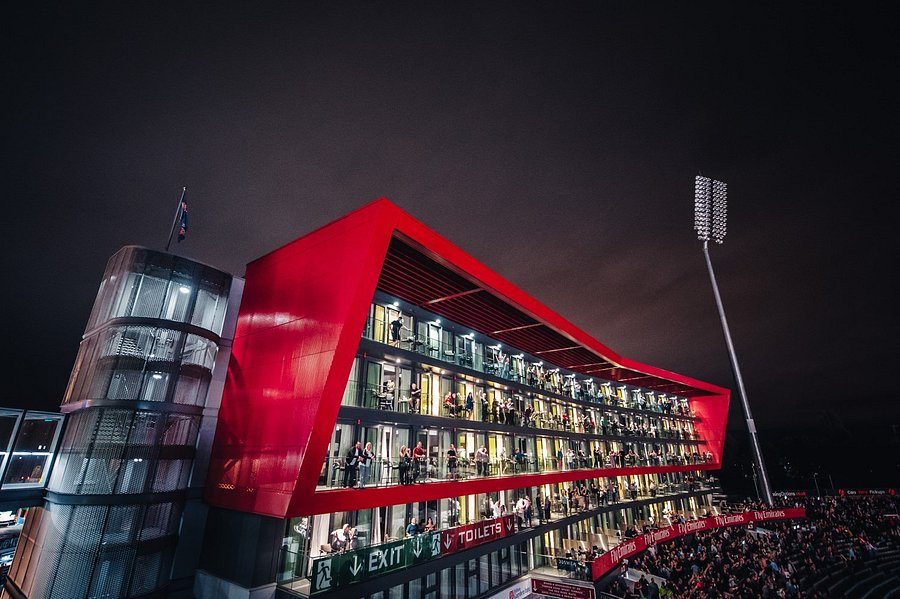
Old Trafford is located in an area that is a mix of residential homes and offices and light industry. The area lacks emotion, although there are some good hotels around if you want to stay near the stadium.
The Football Manchester Hotel, backed by several former United players like Gary Neville and Ryan Giggs, is right next to the stadium and receives excellent reviews.
Chesters Hotel, Victoria Warehouse Hotel, and Premier Inn are also within walking distance and are somewhat cheaper. There are also several hotels a little further north around the docks, which include chains such as Ibis Budget, Ramada, and Holiday Inn Express.
Naturally, there are also many options in Manchester city center, a short subway ride away, although these hotels tend to be a bit more expensive.
The few pubs near the stadium fill up on game days quickly, which is good for the atmosphere, but if you want to sit down to eat something, it may be wiser to do it in the center. In particular, the Dean gate locks and the Castle field area are perfectly located on the Metro link.
A date with the “Theater of Dreams” (Conclusion)
Nicknamed the “Theater of Dreams,” Old Trafford is one of Britain’s most iconic football stadiums. Old Trafford could be the home of Man U, but they are not above hosting occasional international guests.
The stadium was one of the places for the legendary World Cup and the Olympic Games organized in the United Kingdom.
It is considered one of the biggest stadiums in Europe and the most interesting sites to behold in the UK.
It is a place you may want to have the opportunity to visit in your lifetime especially if you are a fan of football and Manchester United Football ball.
Sources
- https://www.manutd.com/en/visit-old-trafford
- https://www.manutd.com/en/help/faqs/visiting-old-trafforhttps://blog.parkinn.com/the-history-of-manchesters-old-trafford/
- https://en.wikipedia.org/wiki/Old_Traffor
- https://www.stadiumguide.com/oldtrafford/
- https://www.thesun.co.uk/…/manchester-united-old-trafford-capacity-90000/
- https://www.stadiumguide.com/oldtrafford/
We also recommend the following Vital sports information

